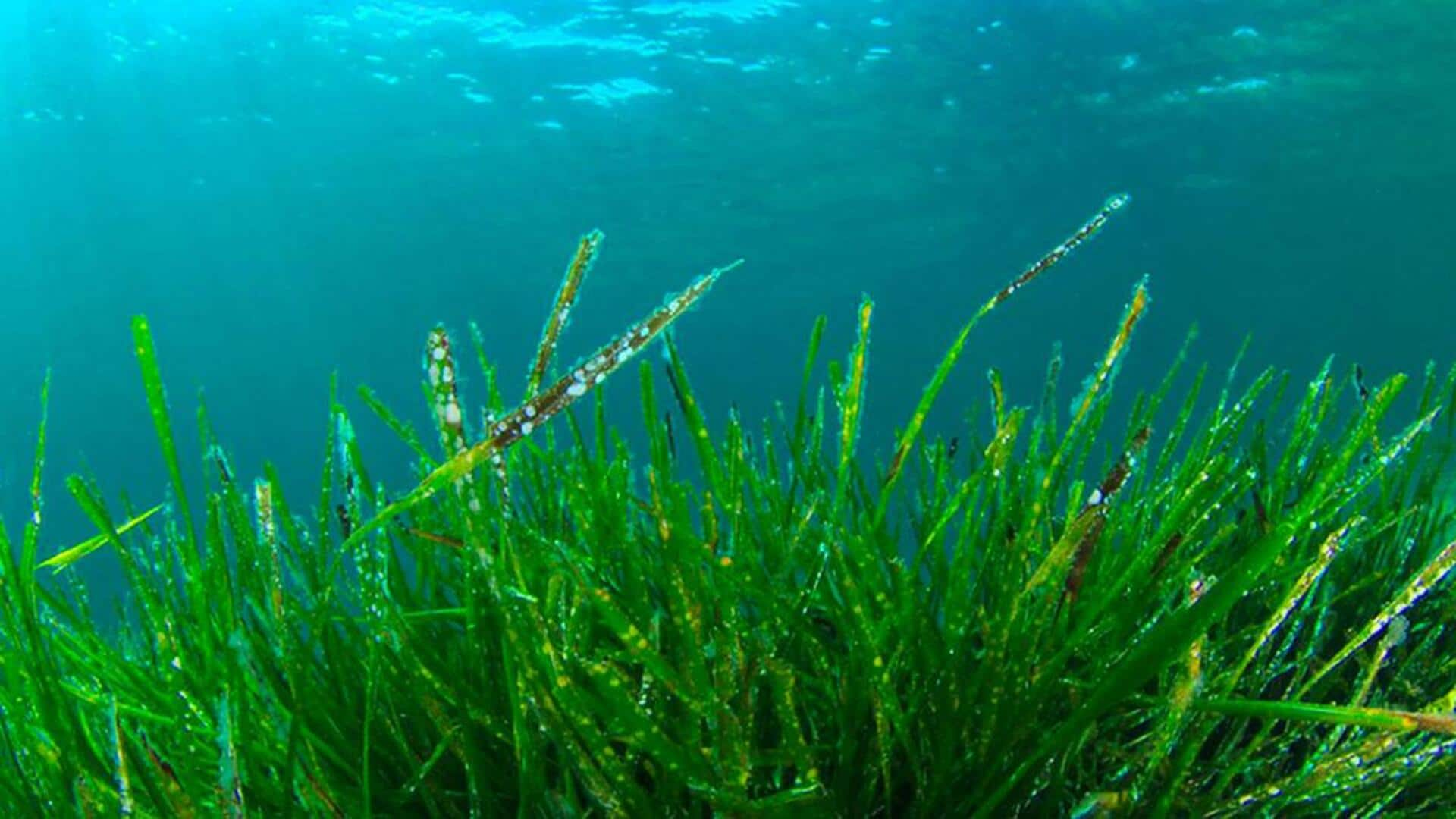
Growing spirulina algae in home aquariums
What's the story
Spirulina algae, the superfood with high protein content and numerous health benefits, can be grown in your home aquarium. This comprehensive guide provides step-by-step instructions for cultivating this nutritious algae, transforming your aquarium into a beautiful and healthy ecosystem. By following these simple steps, you can grow spirulina with ease and make your home a sustainable source of nutrition.
Setup
Setting up your aquarium
To cultivate spirulina at home, you will need a clear container or aquarium with a minimum capacity of 10 liters. Position it in an area with plenty of sunlight, or opt for artificial grow lights in case of insufficient sunlight. While the initial investment might seem high, a proper setup from the beginning proves cost-effective in the long run.
Preparation
Preparing the growth medium
Spirulina needs a nutrient-rich environment to grow. You can create this by combining water with a spirulina culture medium that you can purchase online or from specialty stores. The average price for these nutrients is approximately $20-$30 per liter. Make sure the pH of your solution is between eight and 11. Spirulina loves alkaline environments!
Maintenance
Maintaining optimal conditions
Temperature is crucial for spirulina growth; the optimal range is between 30 degrees Celsius and 35 degrees Celsius. You'll need to use heaters or coolers to regulate the temperature in your aquarium. Also, ensure the water is well-aerated; an air pump will help distribute oxygen and nutrients evenly, fostering healthy growth.
Harvesting
Harvesting your spirulina
After approximately three to four weeks, the water will transform into a thick green soup, signaling that your spirulina is ready for harvest. Use a fine mesh cloth or sieve to skim the algae delicately from the water surface. Rinse it with fresh water before eating or drying it for future use.
Cultivation
Continuous cultivation tips
To ensure ongoing cultivation, always save some of the harvested algae to use as a starter culture for the next batch. Regular monitoring and adjustment of pH levels and nutrient concentrations are crucial for maintaining optimal growth conditions. With proper care, you can harvest spirulina every three weeks, providing a sustainable source of nutrition right from your home aquarium.